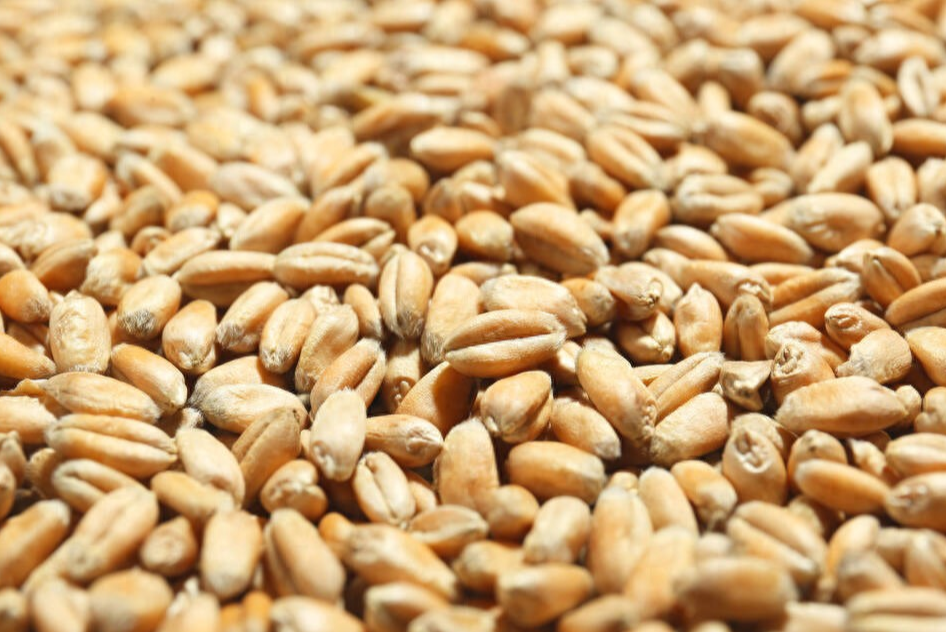Local Harvests, Slump Weigh on Wheat Demand
Advertisements
The global dynamics of wheat trade are witnessing a significant shift this year,with projections suggesting a downturn in wheat import volumes worldwide.This anticipated decline is primarily attributed to a confluence of factors,including sluggish economic growth among major importing nations,the strengthening of the U.S.dollar,and an uptick in local grain production,which collectively dampen the appetite for food purchases.Despite the looming threat of dwindling global stockpiles – forecasted to hit a nine-year low – these circumstances are exerting downward pressure on wheat prices.
In particular,leading importers are scaling back their purchases,and this trend could serve to counterbalance the fears surrounding adverse weather conditions in key exporting regions such as the Black Sea,India,and the United States,regions that have dominated global wheat exports.A notable shift is occurring in China,where reduced demand for wheat is expected to have repercussions for Australia,a nation that has recently completed a near-record harvest and has increasingly relied on Chinese consumers.
As forecasted by traders,millers,and agricultural analysts,Chinese wheat imports are expected to plunge to less than half of last year's figures by the first half of 2025.The situation is similar for Indonesia and Egypt,the second and third largest wheat importers respectively,where demand growth is likely to stagnate.
The rebound in wheat production in China coupled with a recovery in rice output in Indonesia could further constrain exports from those nations,while increases in Iraq's harvest may significantly reduce its need for imports.“One potential structural market factor that could soften demand in the long term is the surge in production in major importing markets like China,” comments Dennis Voznesenski,an analyst with the Commonwealth Bank in Sydney.Such insights reflect the complex interplay between local agricultural advancements and international trade necessities.
In a recent report by the U.S.Department of Agriculture,it was estimated that wheat production in China will likely witness a 2.6% increase in the year leading up to June 2025,relative to the previous period.Additionally,the findings cited data from the China National Grain and Oils Information Center,indicating that during the same timeframe,China's imports could plummet by 37% to around 8 million tons.
This pivot towards domestic production amidst a backdrop of tumultuous geopolitical situations is a strategic maneuver for import-dependent nations aiming to reduce their reliance on the global supply chain,according to Voznesenski.As inventory levels tighten globally and the USDA predicts stocks will drop to their lowest in nine years by the end of June,the repercussions are manifold.
Growth derailments in major importing economies signal a likely decrease in wheat consumption.The Chinese economy is projected to slow down in 2025,with Indonesia stalling and Egypt anticipated to see GDP growth of less than in the preceding year.
Interestingly,while international wheat prices plummet to a four-year low in 2024,the purchasing costs for foreign wheat imports have seen a hike or remained steady for several emerging market currencies amidst a strengthening dollar.Reports have surfaced about China delaying the import of up to 600,000 tons recently,with traders forecasting diminished purchase volumes in the upcoming months.
Darin Friedrichs,co-founder of Sitonia Consulting based in Shanghai,articulates a rather bleak outlook for Chinese wheat demands over the next six months.He notes,“The weather for wheat in China in 2024 has been nearly perfect,leading to record yields and excellent quality.The demand for imports is minimal.” Supporting evidence from industry analysts indicates that Chinese importers have ordered around 1 million tons of wheat slated for arrival in March, considerably lower than the two or three times more seen in previous years.
considerably lower than the two or three times more seen in previous years.
In Indonesia,following a decrease in production due to the El Niño phenomenon last year,rice output is expected to rebound significantly.The government estimates production will rise from 30.62 million tons in 2024 to 32.80 million tons,which enables food manufacturers to pivot from imported wheat to domestically produced rice flour.A senior executive from the Indonesian Wheat Flour Producers Association pointed out that the struggling Indonesian rupiah is also curtailing wheat purchases,stating,"The purchasing power has declined due to the strong dollar."
Meanwhile,Egypt is projected to witness a fall in wheat purchases this year.The national grain procurement entity,Mostakbal Misr,made a substantial purchase of 1.267 million tons at the end of December,which they deemed sufficient to sustain the country's needs until June.However,an additional 250,000 tons were procured in January,highlighting a possible shortfall.Traditionally,Egypt's national buyers have been known to import approximately 4 to 5 million tons annually.
Trade data indicates that in 2024,Egypt imported roughly 14.7 million tons of wheat through both public and private sector channels.A grain trader from Germany remarked,“Egypt’s main import markets are grappling with serious economic troubles,with slow growth necessitating funds from Arab donors to assist their wheat purchases.”
This troubling economic situation is mirrored in Iraq,a major buyer in the Middle East,which announced in October that it would cease importing wheat for its subsidy program due to a bountiful harvest yielding a surplus of 1.5 million tons.The interplay between domestic agricultural capacity and international trade policies is increasingly central to the narratives unfolding across these nations.
The current landscape of wheat imports and production sheds light on the intricate relationships between economies,local agricultural advancements,and the global market.As changes unfold,farmers,traders,and consumers will need to adapt to this evolving reality that encompasses more than just numbers – it involves livelihoods,food security,and international relations that shape our collective future.
Leave Your Comment